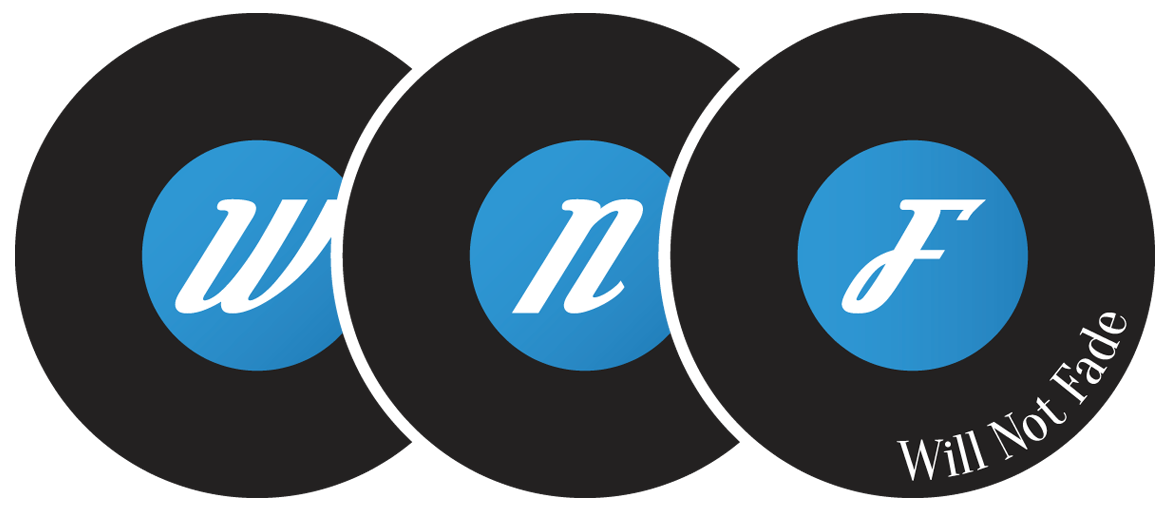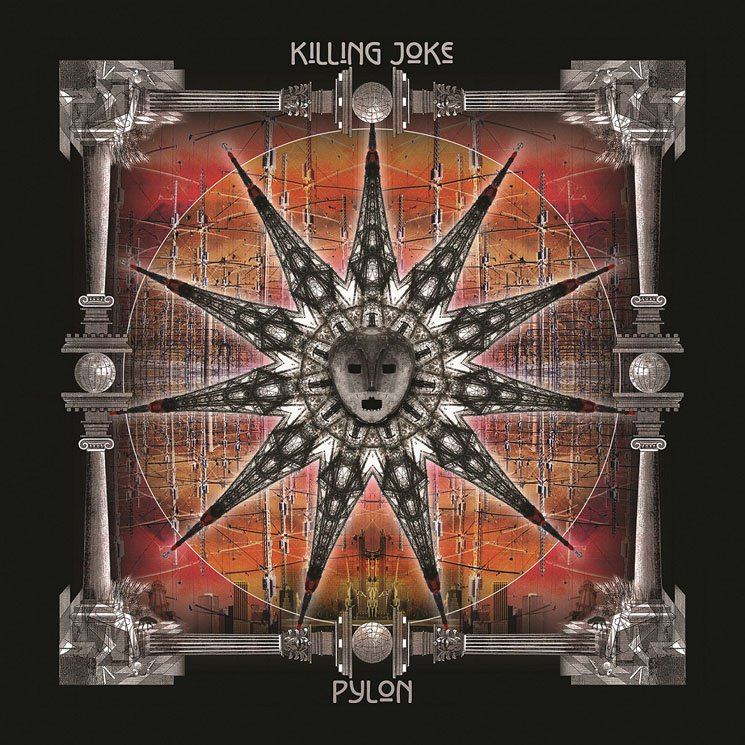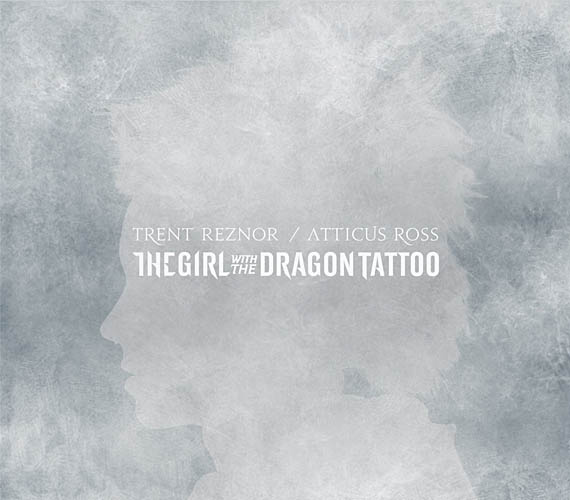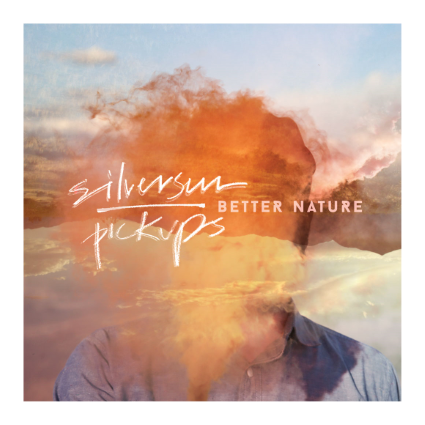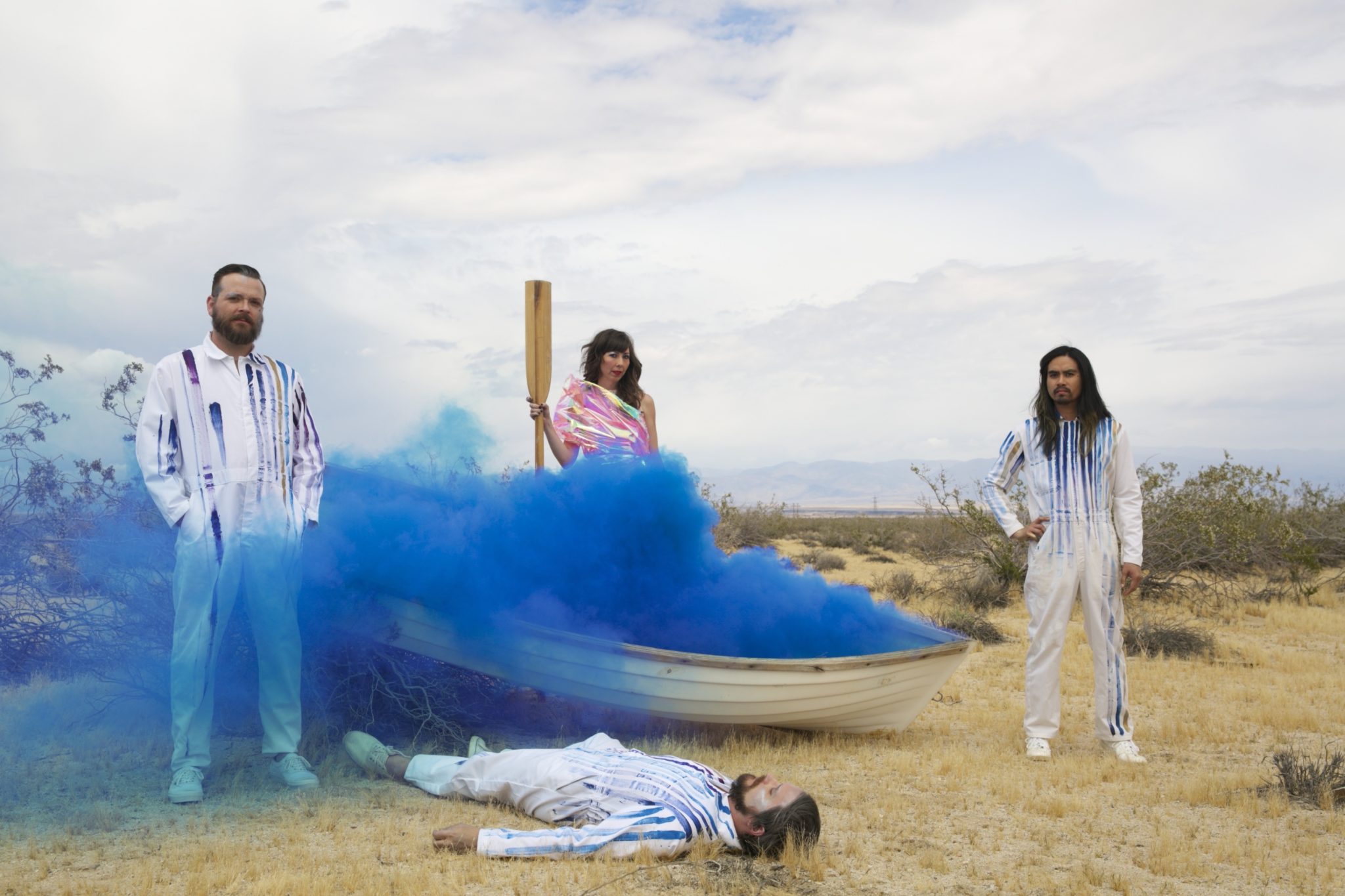CJ Blessum has joined the Will Not Fade team as a contributor. We first met over the internet when he asked me to review something for his band, Ranges. [Review here]. We kept in touch afterwards, and now he has accepted my offer to become a contributor. He offers a great perspective, being an accomplished musician with his own recording studio. He also lives in Montana, which means he will have opportunities to see bands that I’d never get to see in New Zealand. Keep your eyes peeled for his first post this weekend.
Here’s CJ’s story:
“I didn’t start digging into music until I was about seventeen years old. Before this, music was just whatever was being played on the local radio stations. Growing up in rural Montana before the internet became what it is today, it was almost impossible to know anything outside of what the radio was playing. It wasn’t until I saw/heard a cousin of mine play Green Day’s Time Of Your Life on an acoustic guitar at a family reunion that I realized I could be the one making the music people listen to. That day changed my life and completely redirected where I was headed. I started finding bands I’d never heard of and would download whatever songs I could find by them on Napster and then add them to mixtapes that I would listen to over and over again. Eventually, I got together with a few friends and started my first band. We sucked really bad. But it was a starting point.
College opened new avenues for me with music as I was able to find friends dedicated to their musical craft enough to start recording EPs and full lengths ourselves, designing and packaging the albums ourselves, and then taking our creations out on small tours around the American northwest. Realizing how much can be done by “doing it yourself” is a very empowering thing. The idea that people were actually consuming our music was phenomenal and it reestablished a belief in myself that I was supposed to be doing this. Though bands would eventually fall apart and disappear I never stopped making music. During this time I took some online recording classes from the Berklee College of Music and eventually became a professionally certified Pro Tools engineer. With this I’ve built my own studio, called The Low Country, and have been recording local bands ever since.
Even after getting married and having kids I’m still making music. Along with a friend and bandmate, I’ve also built a graphic design and screen-printing business called A Thousand Arms that I’m lucky enough to call my job. We work with a bunch of local bands and have found a true passion in helping bands get great looking merchandise to sell at their shows. With all of this I am also a guitarist and lead song writer for a post-rock band called Ranges.”
